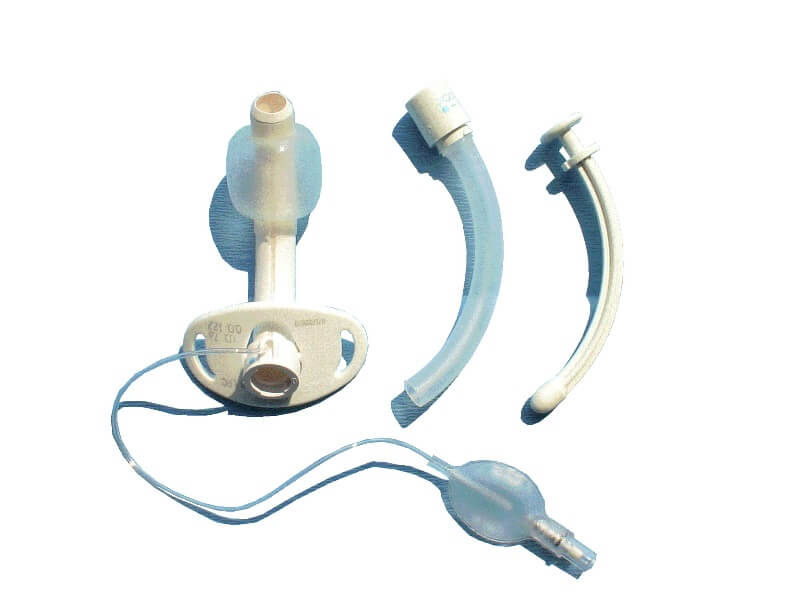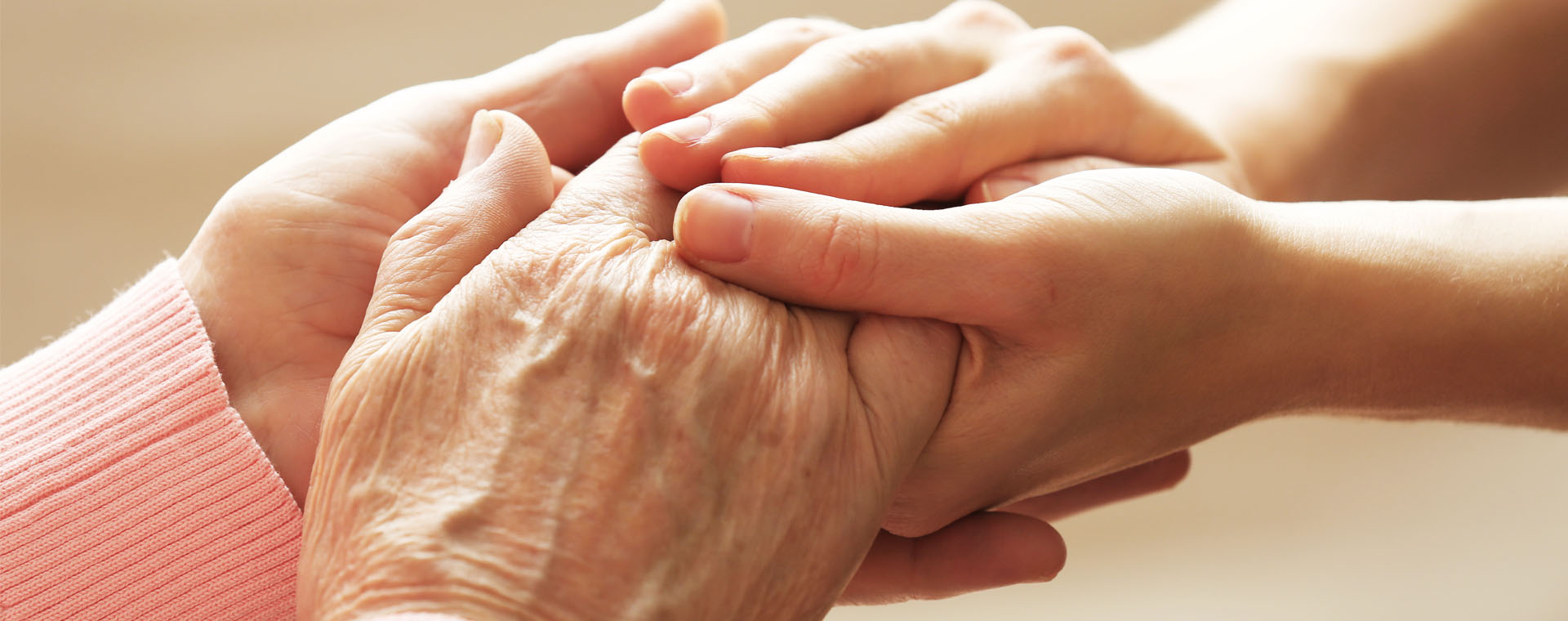Tracheostomy Care
What is a tracheostomy?
A tracheostomy is an opening (made by an incision) through the neck into the trachea (windpipe). A tracheostomy opens the airway and aids breathing.
A tracheostomy may be done in an emergency, at the patient’s bedside or in an operating room. Anesthesia (pain relief medication) may be used before the procedure. Depending on the person’s condition, the tracheostomy may be temporary or permanent.
When is a tracheostomy considered?
A tracheostomy may be performed for the following conditions:
- Obstruction of the mouth or throat
- Breathing difficulty caused by oedema (swelling), injury or pulmonary (lung) conditions
- Airway reconstruction following tracheal or laryngeal surgery
- Airway protection from secretions or food because of swallowing problems
- Airway protection after head and neck surgery
- Long-term need for ventilator (breathing machine) support
What is a tracheostomy tube?
A tracheostomy (trach) tube is a small tube inserted into the tracheostomy to keep the stoma (opening) clear.
Tracheostomy tubes are available in several sizes and materials including semi-flexible plastic, rigid plastic or metal. The tubes are disposable or reusable. They may have an inner cannula that is either disposable or reusable. The tracheostomy tube may or may not have a cuff. Cuffed trach tubes are generally used for patients who have swallowing difficulties or who are receiving mechanical ventilation. Non-cuffed trach tubes are used to maintain the patient’s airway when a ventilator is not needed. The choice of tube is based on your condition, neck shape and size and purpose of the tracheostomy.

All trach tubes have an outer cannula (main shaft) and a neck-plate (flange). The flange rests on your neck over the stoma (opening). Holes on each side of the neck-plate allow you to insert trach tube ties to secure the trach tube in place.
What do I need to know after going home with a tracheostomy?
- Immediately after the tracheostomy, you will communicate with others by writing until your healthcare provider gives you instruction for communication techniques.
- Do not remove the outer cannula unless your healthcare provider has instructed you to do so.
- Use tracheostomy covers to protect your airway from outside elements (such as dust, cold air, etc.) Ask your healthcare provider for more information about tracheostomy covers and where to purchase them.
When should I call my healthcare provider?
Contact your healthcare provider or physician immediately:
- If you have an irregular heart rate.
- If you feel increased pain or discomfort.Note: It is normal to feel some pain and discomfort for about a week after the tracheostomy procedure.
- If you have difficulty breathing and it is not relieved by your usual method of clearing secretions.
- When secretions become thick, if crusting occurs or mucus plugs are present. Your physician may recommend increasing your fluids or using cool mist humidification.
- If you have any other problems or concerns.
How do I take care of my tracheostomy tube?
Your nurse will teach you the proper way to care for your tracheostomy tube before you go home. Routine tracheostomy care should be done at least once a day after you are discharged from the hospital.




